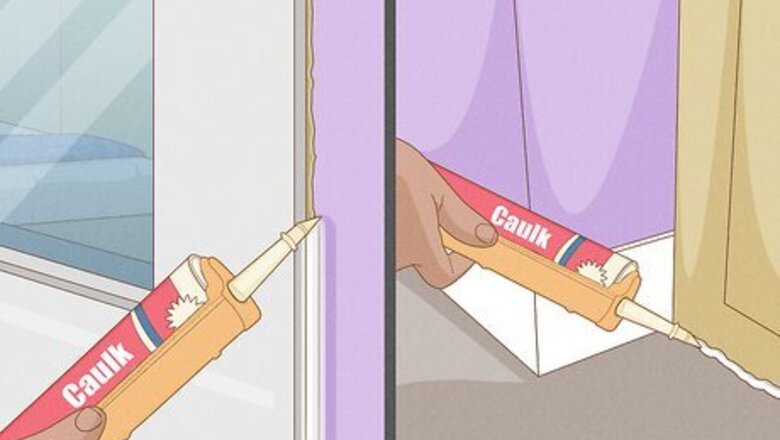
views
How to Get Rid of Sugar Ants
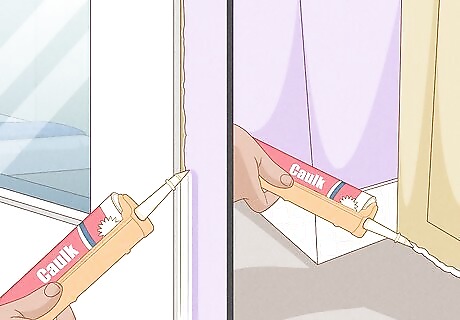
Seal any cracks or holes in your home that ants can enter through. Sugar ants are small creatures capable of getting through the smallest holes or cracks. Scan common areas like the kitchen, bathroom, and doors or windows for potential access points. Use silicone caulk, spackle, or wood filler to seal damaged areas.
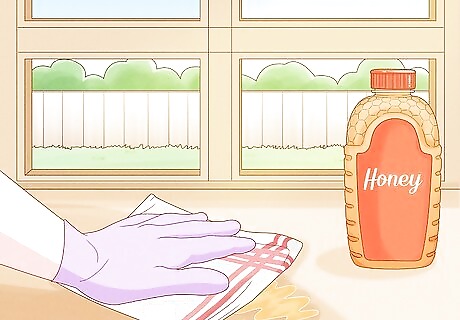
Clean sugar messes and store food immediately. Sugar ants have earned their name for being attracted to sugar-filled products like candy, fruit, honey, and soda. So, after using sugar products, wipe the counters and sweep the floors for any lingering crumbs. Instead of leaving food out in the open, safely store it in plastic containers. Some say sugar ants hate the smell of plastic, too!
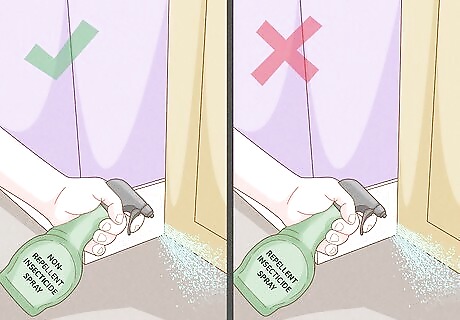
Apply an insecticide spray to any access points around your home. Opt for a non-repellent insecticide spray, if possible. Unlike repellent sprays, non-repellent sprays prevent ants from detecting it, allowing them to bring the poisonous solution to their colonies. Spritz the solution in the affected areas. Non-repellent spray may be toxic or harmful to children and pets.
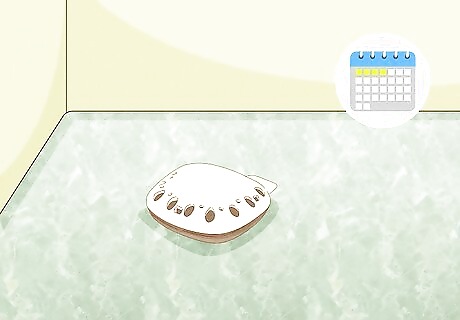
Use ant baits. Ant baits are a safe alternative for households with children and pets since they reduce contact with any toxic chemicals. They act as a food source for ants, so ensuring you have enough bait is important. The ants will carry the bait back and spread it within their colonies. Leave the bait in suspected areas for 3 to 4 days until you see no more signs of feeding ants.
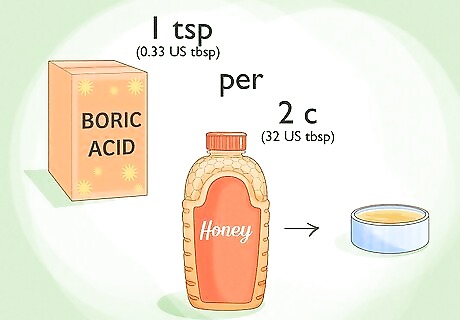
Create a boric acid ant bait for a DIY option. Select a sugar treat that will capture a sugar ant's attention, like peanut butter, jam, or corn syrup. You don’t need a lot of boric acid to make an effective bait. Simply combine 1 tsp (0.33 US tbsp) of boric acid per 2 c (32 US tbsp) of your selected sugary treat. This will be enough to attract them while killing them efficiently. Place the bait inside bottle caps, pieces of foil, or soda straws. Place them wherever needed. Some people have found success mixing boric acid, white sugar, and warm water to make a thick paste. Boric acid can be poisonous for animals, so avoid using it if you have pets. You can also use Borax instead of boric acid since Borax is commonly used in ant-killing products. Use disposable gloves when handling boric acid or Borax.
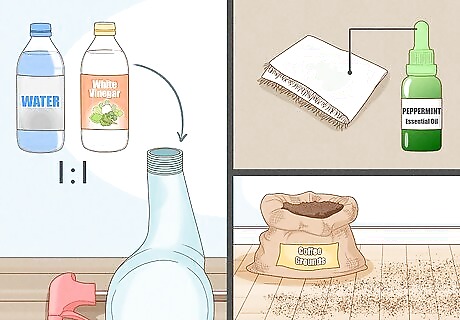
Try natural remedies with common household supplies to repel ants. Some people have successfully used odorous household ingredients, like white vinegar, essential oils, and coffee grounds, to get rid of ants. While they may not be as effective as the proven methods above, it can be worth a shot if you have any of these ingredients on hand! Combine one part of white vinegar and water in a spray bottle to remove a sugar ant trail. Saturate a cotton ball or microfiber cloth with essential oils like peppermint, lemongrass, or tea tree. Place them in problem areas. Scatter used coffee grounds where the ants are. It’s a slow way to repel ants from your home.
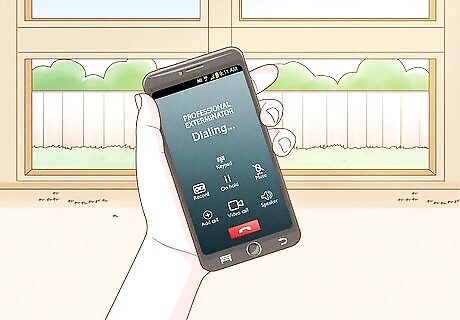
Seek the assistance of a professional exterminator if the ants persist. If the solutions above don’t work and ants keep returning, it’s time to call an exterminator. A professional will have powerful insecticides that aren’t commonly available to rid your household of the infiltration. Cost: Hiring an ant exterminator can cost between $80 to $500, depending on the size of your home and the severity.
Identifying & Destroying a Sugar Ant Nest
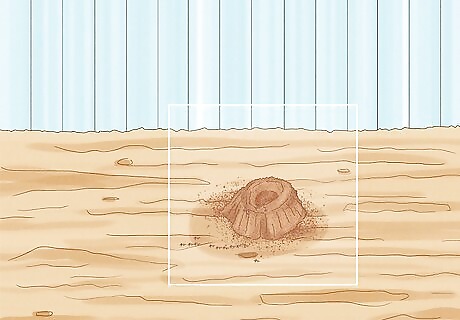
Sugar ants typically nest inside of soil or wood. Look for a mound of soil or wood outside your home. Sugar ants have odor receptors that are four to five times stronger than other insects, and they’re attracted to sweet and sugary-smelling foods like candy, spilled soda, and fruit. Generally, a nest will be outside under cement slabs or in the ground, but it can also be found in wall voids, ceilings, and crawlspaces.
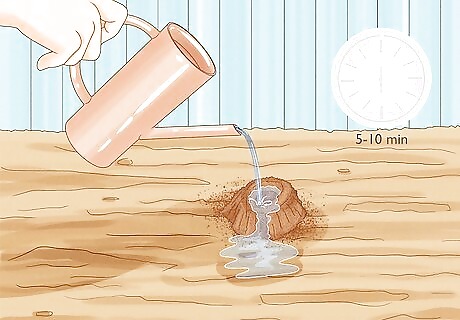
Nests can be destroyed by flooding the entrance point. To remove a sugar ant nest, flood the small hole atop the mound with running water from a garden hose for 5 to 10 minutes. You can also pour boiling water over the nest. Avoid using harmful chemicals, as this may affect other animals.
What causes sugar ants?
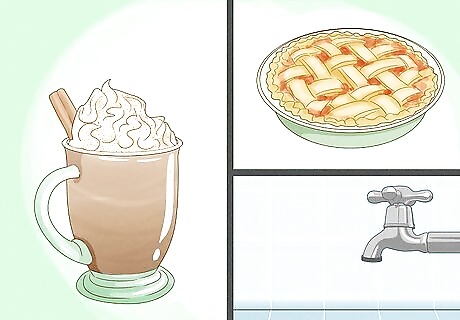
Sugar ants are attracted to sweet foods, sugary drinks, and moisture. If you feel embarrassed about having an ant problem—don’t be! No matter how much you clean your home, one soda or piece of candy can have them crawling home. However, they’re also attracted to moisture, so damp areas and standing water make them appear in the bathroom, too. Similarly, if you have a backyard garden with fruit plants or sweet vegetables, like sweet potatoes or yams, sugar ants may build a nest in your garden. Sugar ants are the most common ants found in homes.




















Comments
0 comment